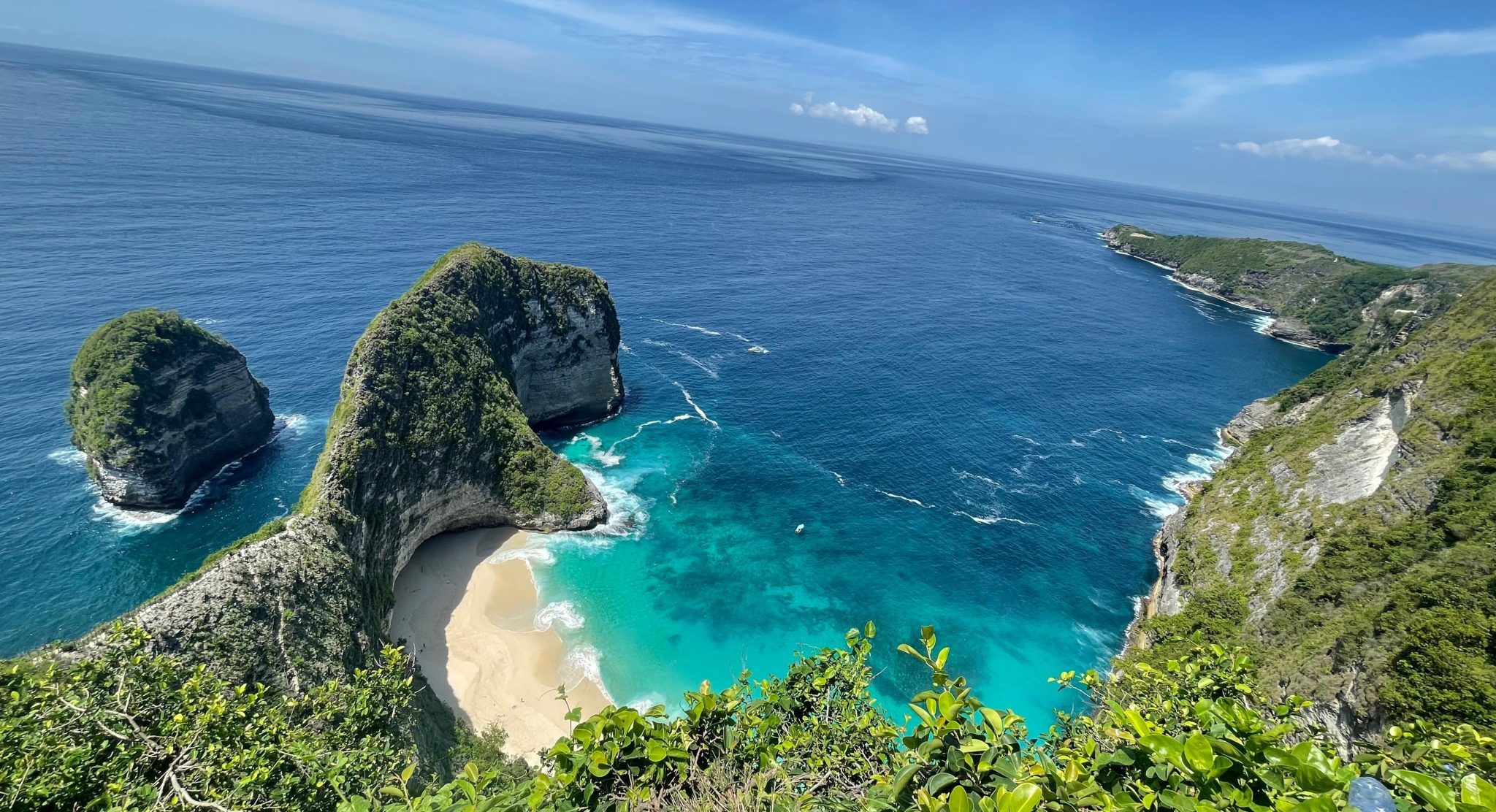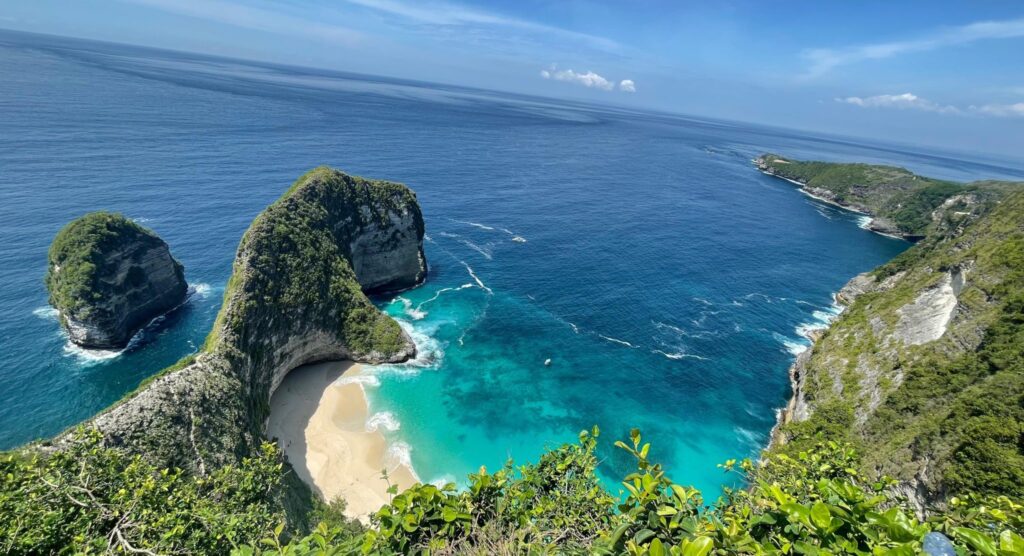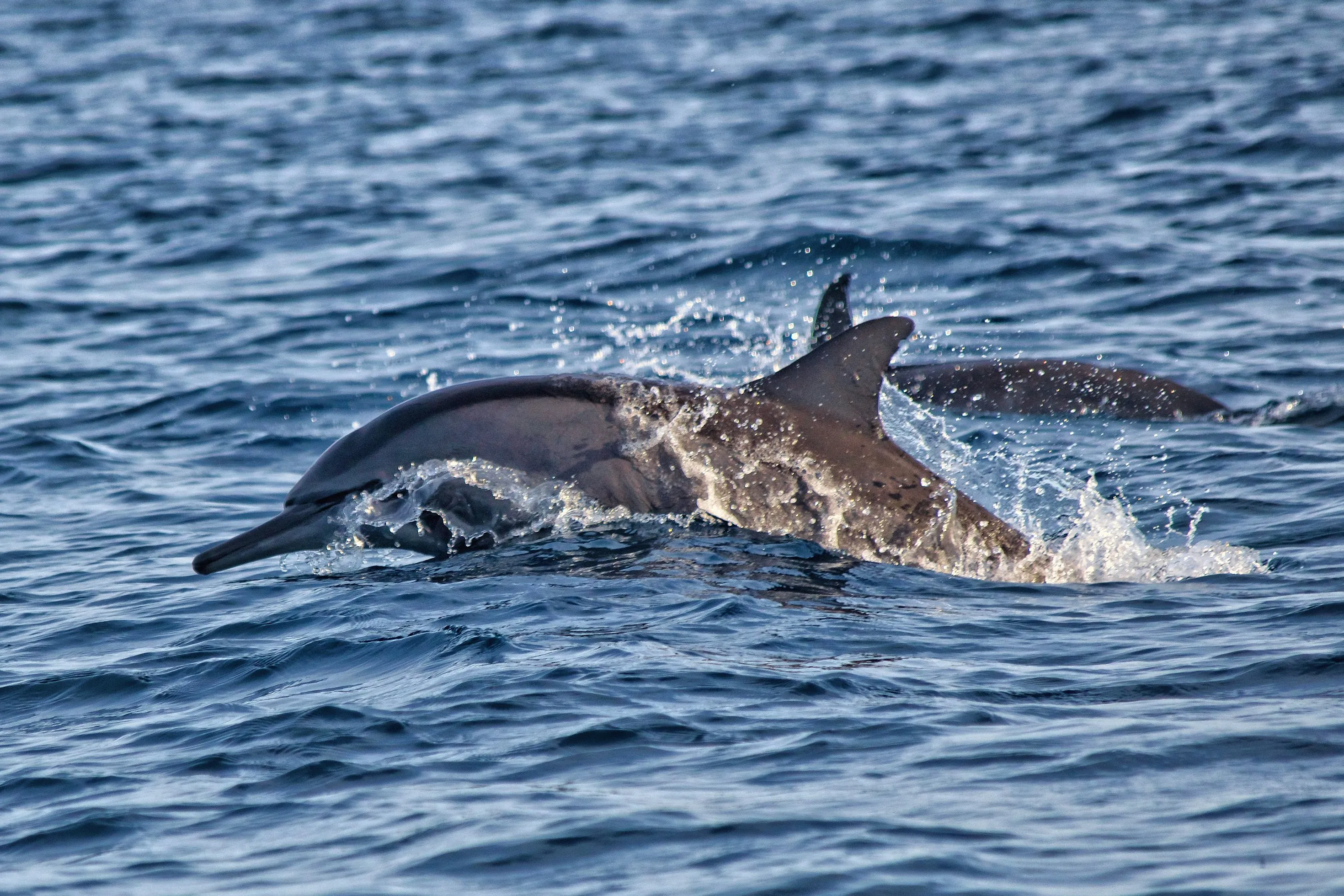Giant Coral Colony Discovered in Nusa Penida: A Testament to Nature’s Extraordinary Beauty
arisma
August 23, 2025
4 min read


Introduction
In December 2024, a groundbreaking marine discovery emerged from Nusa Penida—an island renowned for its dramatic landscapes and vibrant underwater ecosystems. A colony of the hard coral Galaxea astreata, measuring an astounding 58 m wide, 71 m long, and 10 m high, covering over 4,000 m², was found by young Indonesian marine biologists from Ocean gardener. If confirmed, this unprecedented find could claim the title of the largest single coral colony in the world, eclipsing prior record holders.
A Colossal Discovery
The tangle of coral was uncovered off the northern coast of Nusa Penida, a renowned dive spot in Bali’s marine paradise. Despite being situated along a popular diving route frequented by hundreds of divers each day, the existence of this giant coral had gone unnoticed—until now
Known as Galaxea astreata, the specimen spans dimensions nearly double those of the previous record-holder—a Pavona clavus coral colony in the Solomon Islands, which measures 34 m by 32 m and stands 5.5 m tall. “Large colonies of that species [G. astreata] are quite common, but this one, definitely and by far, is the biggest,” said Vincent Chalias, founder of Ocean Gardener. The team’s research and science coordinator, Manikmayang, also remarked, “This discovery has the potential to set a new world record,” while noting that further testing is needed for confirmation
Why Nusa Penida?
Nusa Penida sits at the nexus of the Coral Triangle, a global hotspot of marine biodiversity, and lies in the Lombok Strait, where currents link the Pacific and Indian Oceans. These unique oceanographic conditions foster ideal environments for coral growth—providing nutrient-rich waters, strong larval seeding, and the potential for colonies to expand to giant proportions.
Conservation Significance
Importantly, the coral colony lies within the Nusa Penida Marine Protected Area (MPA), which spans over 20,000 hectares and protects a diversity of marine species including manta rays, sunfish, and endangered sea turtles. In November 2024, this region received further international recognition as a Particularly Sensitive Sea Area (PSSA) by the International Maritime Organization—the same designation that protects globally renowned areas like the Great Barrier Reef
Conservation entities like the Coral Triangle Center (CTC) see this discovery as a monumental achievement following years of protective efforts. The colossal coral is poised to become a flagship symbol—on par with Nusa Penida’s famed manta rays and ocean sunfish—and an engine for raising awareness about marine preservation
Tourism, Science, and Stewardship
The implications of this discovery span tourism, science, and conservation:
- Eco-tourism: Divers and snorkelers may soon flock to Nusa Penida with renewed enthusiasm, guided by experts who emphasize respectful, responsible interaction with the reef
- Scientific Research: The enormous size of this coral colony presents unique opportunities for studying coral longevity, resilience to climate shifts, and reproductive patterns.
- Conservation Messaging: The discovery underscores the critical importance of protecting underwater ecosystems, which face mounting threats from ocean warming, pollution, and human activity.
A Call for Responsible Tourism
Even as the coral becomes a new star attraction, organizations stress the importance of responsible tourism. Divers are urged to maintain distance from marine life, refrain from touching or disturbing coral, and choose certified eco-friendly operators. These practices help ensure the longevity of this and other fragile marine environments.
Conclusion
The unveiling of the giant Galaxea astreata colony is both awe-inspiring and deeply symbolic—a living monument to nature’s endurance and beauty. Situated in a globally significant marine environment, this discovery elevates Nusa Penida’s status in conservation and tourism, while sending a timely reminder of the delicate balance our planet’s ecosystems require.
As researchers confirm the colony’s status and conservation groups rally to protect it, this monumental coral stands not only as a record to be celebrated but also as an urgent call to preserve the wonders beneath the waves—before they vanish. Nusa Penida’s underwater realm, championed by its gargantuan coral, offers both a beacon of hope and a resounding plea for stewardship.
Related Article
🌴 Things to Do in Lovina Besides Dolphin Tours
Lovina Beach, nestled on Bali’s northern coast, is renowned for... Lovina Beach, nestled on Bali’s northern coast, is renowned for its dolphin tours—but there’s so much more to explore. From...
🐬 Best Time to See Dolphins in Lovina, Bali: A Complete Guide
If you’re planning a trip to North Bali, one experience... If you’re planning a trip to North Bali, one experience you absolutely shouldn’t miss is dolphin watching in Lovina. This...
Ethical Dolphin Watching in Lovina Bali: Best Time, Tours & Tips
Nestled along Bali’s serene northern coast, Lovina is a hidden... Nestled along Bali’s serene northern coast, Lovina is a hidden gem renowned for its tranquil beaches, volcanic black sands, and—most...
